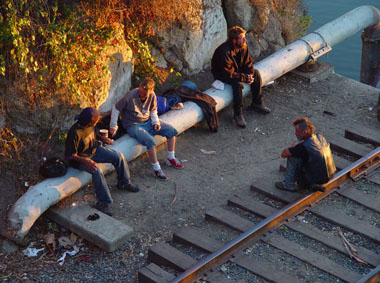Listen to an audio story by Annenberg Radio News
 Poverty numbers are high across the country but in California, they’re even higher. The 2010 poverty rate was 1.2 percentage points above the national rate.
Poverty numbers are high across the country but in California, they’re even higher. The 2010 poverty rate was 1.2 percentage points above the national rate.
Jessica Bartholow, a legislative advocate for the Western Center on Law and Poverty says the numbers are to be expected.
“The Californians can’t be surprised by the newest poverty data released by the census. We’ve been seeing high unemployment and unemployment is a major contributor to poverty.”
Bartholow also expressed her fears for what this might forecast for California:
“In California what we’re most concerned about with increasing numbers of poverty are more families out on the street without housing and more people experiencing hunger.”
Politicians from both parties agree creating more jobs is the key to reducing poverty. Bartholow says the new numbers should give lawmakers even more incentive to find a solution.
“We think that the census data that’s come out today will be really good evidence to the Governor Jerry Brown and to President Obama and to congress that we need some changes in how we are offering jobs for low income individuals but also how we’re relieving poverty.”
As long as unemployment stays high and relief is minimal, California will continue to battle high poverty.














